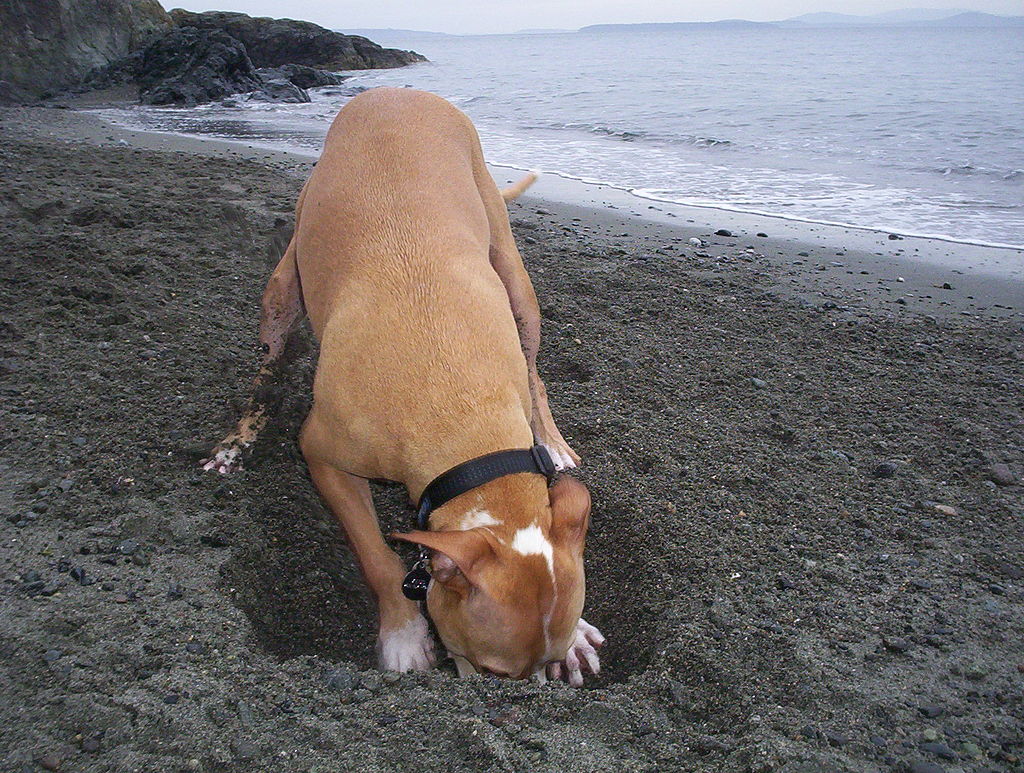In news stories this morning about pet abduction and sustainable fashion, the most critical parts are buried deep in the article: a chance remark that gives away the bigger story.
During the lockdown there has been a steep rise in the cost of dogs and other pets, and this has led to an increase in pet abductions. The most high profile example was when Lady Gaga’s dog walker was shot during the theft of her bulldogs in Los Angeles, but the BBC reports that there are over 2000 pet thefts in the UK alone last year.

Pet abduction to be made new criminal offence in thefts crackdown – BBC News
In principle pet theft is a crime covered by the UK Theft Act, but the use of this evidently does not reflect the emotional harms of pet abductions, hence the need for the new law. Reading further the article says:
Although offences under the Theft Act 1968 carry a maximum term of seven years, ministers say there is little evidence of that being used, because the severity of the sentence is partly determined by the monetary value of the item taken.
It was this that caught my eye. The most severe penalties under the Theft Act are for the most valuable items. If the second-hand car of a pensioner near the poverty line is stolen, it will attract a less severe sentence than the trophy Porsche from the millionaire’s collection. This sounds like a law made in the 17th century, but is in fact from 1968 and applies today.
The lesson is clear, if you are poor then even the criminal law does nothing for you.
The second story is about Molly-Mae, ex-Love Island contestant and social media influencer, who has just been recruited as creative director of Pretty Little Things with a particular focus on sustainable fashion.
Reading further there is a section entitled “Wearing the same dress twice”, that has the following quote from Molly-Mae:
“I even captioned one of my Instagram pictures the other day saying ‘PSA it’s ok to wear the same dress twice’ – it’s a bad habit us girls have got into, like if you put it on Instagram it means you can’t wear it again.”
Although I did know some of the figures for this before, it still shocked me to hear that “wearing the same dress twice” is regarded as a significant message.
Sadly, this does reflect the previous figures I’ve seen suggesting that the median number of times a garment is worn is indeed one, with something like 20% of clothes never worn at all once bought. This all has to be added to around 1/3 of fashion clothing that is shredded or otherwise disposed of without ever being sold, due to end of season, returns, or other reasons.
The fashion industry is estimated to contribute 10% of all global carbon emissions, not to mention plastic micro-fibres, chemical, water and other environmental impacts, as well as being built upon near slave-labour conditions across the world.
Given this, even wearing clothes twice could be a major benefit.
However, just imagine how the statement sounds to someone who lived through the second world war, or even anyone over 50. This is reflected in figures for environmental action by age group: awareness is greatest in the younger age groups, but in nearly all areas life-style action is greatest in the older ones. Perhaps influencers such as Molly-Mae can help turn this round.
So as you read the news, do look beyond the headlines, the most hard-hitting parts are often buried deep.

